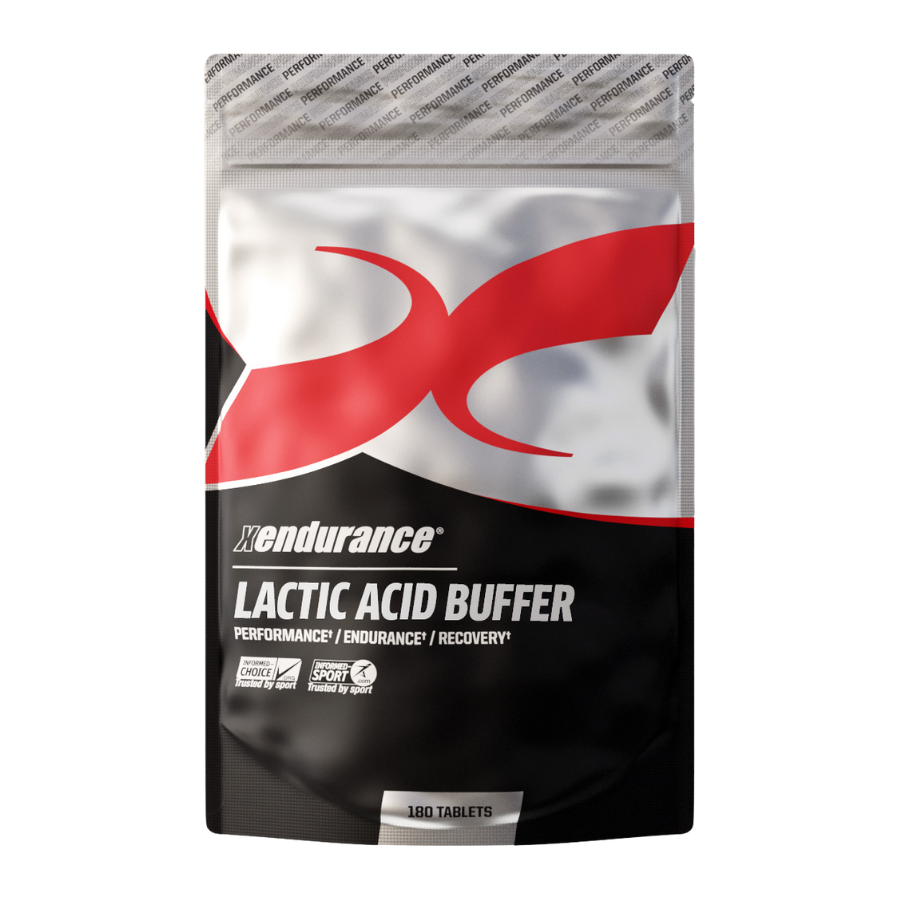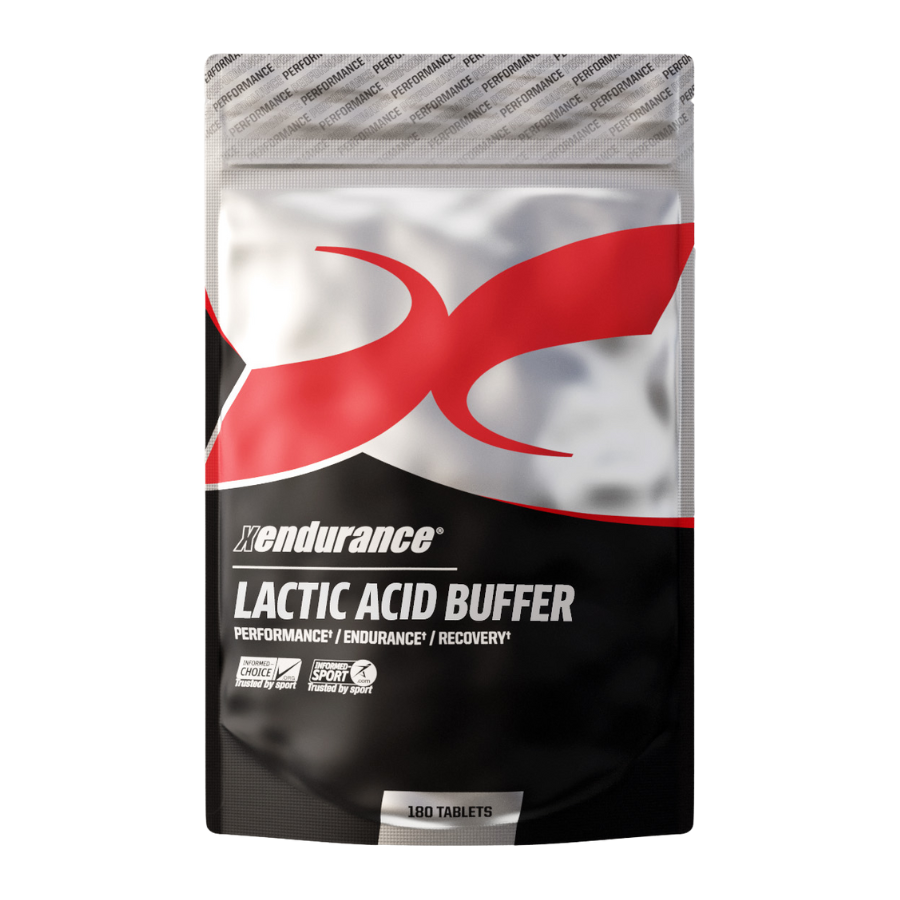Every minute spent in the pool should be designed to produce the maximum benefit. A common belief among athletes is that swim training is very similar to cycling and running. This couldn’t be further from the truth. As a result of this misinformation, millions of continuous laps in the pool are performed every day. Stop! Please stop! Stop on the wall. Stop between sets. Stop on the other wall. Stop in the middle of the pool. Stop between intervals. Just S-T-O-P!
The most time efficient way to improve swimming speed is to incorporate sets, intervals, drills and various levels of effort into your workout. A “set” is a fixed number of repetitions of a certain distance done at one time. For example: 4x100, 8x50 or 3x300. An “interval” is the period of time between one event and the next, or the amount of time given to complete a swim before starting the next one. For example: 100s on 2:00, 50s on 1:10, or 300s on 4:30. For this article, “drill” will refer to anything that is not freestyle swimming. Pulling, kicking, technique work, other strokes and breath control fall into this category. Finally, some common terms used to designate effort levels in the water are: “race-pace,” “strong,” “cruise,” “aerobic” and “recovery.”
Swimming a well designed workout will provide the most bene t for every precious minute in the pool. The first stage of all training sessions—and swimming is no exception—is to warm up all the muscle groups. Warmup can start on the pool deck with some light stretching and arm swings. If the water is extremely cold, dry land warmup is very important to prevent muscles from seizing up when they are suddenly submerged. An athlete should use the first 400 to 600 metres of a typical 3,000 metre workout as warmup. These laps should be swum without looking at the pace clock or other swimmers; focus only on making slow, smooth strokes with pretty technique.
The second stage of a swim workout is focused on correcting and improving technique. This is when most coaches will assign a drill set. One example of a set is 8x75 metres as 25 kick/25 drill/25 swim. The purpose of a kick drill is to strengthen the legs for a more powerful freestyle kick. Some coaches will designate a specific drill to be used on the second lap. If no details are provided, the swimmer should choose a drill he knows will improve his stroke. The final 25 metres (swim) are where the swimmer tries to correctly put the kick and stroke together.
It is common that a rest interval, for example 30 seconds rest after each 75 metres, will be assigned for the second stage. This type of interval is allows each swimmer to complete the set at her own pace. The focus is on correct technique, not speed.
A second drill or technique set might be included if that is the focus of the workout. If the focus is on improving speed or increasing power, the third stage is the main set. A main set should also have a special goal that the swimmer tries to achieve. Descending time, holding pace, or best average are some examples of a main set goal. The focus of the main set is to go fast and work hard. This is the part of the workout where swimmers get out of breath and turn red.
During a typical 3,000 metre workout, the main set is between 1,000 and 1,500 metres. Some examples include 4x300 swim on 6:00 (descend time 1-4); 12x100 strong swim (4 on 2:00, 4 on 1:55, 4 on 1:50); 3x150 pull/50 race-pace swim on 4:30. The main set might include pulling, swimming, kicking or a combination.
Another focus of the main set can be breath control or hypoxic work. Just as hard pulling sets increase upper body strength, hypoxic breathing sets strengthen the breathing muscles and increase lung capacity. There are a few situations an athlete might find himself in open water swimming where the ability to hold his breath is an advantage such as diving under waves or being pushed underwater by a competitor. A hypoxic swimming set looks like this: 5 x 150 swim (3/5/7 breathing pattern by 25). This means the swimmer breathes every third stroke on the first lap, every fifth stroke on the second lap, every seventh on the third lap, and then repeats the cycle to complete a 150 metre swim.
The fourth stage of swim practice is always cool down. Cool down can be as simple as 100 or 200 metres swum easy to lower the heart rate and stretch out the muscles. It can also be longer and purposeful, especially after an intense main set. The amount of lactic acid build up in a swimmer’s muscles has a direct effect on the length and importance of the cool down. A simple set like 400 with fins (50 kick/50 swim) or 6x50 swim (extra long strokes) will help push out the acid and reduce post-workout cramping.
The Xendurance Endurance Bundle - as it says - Designed for the Endurance Athlete.
From Triathlete Europe Magazine.








